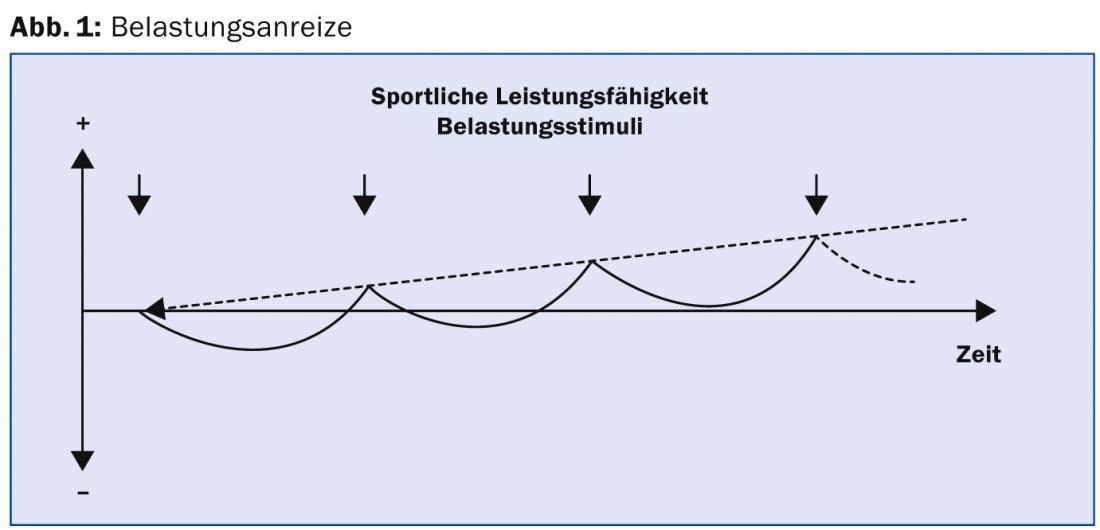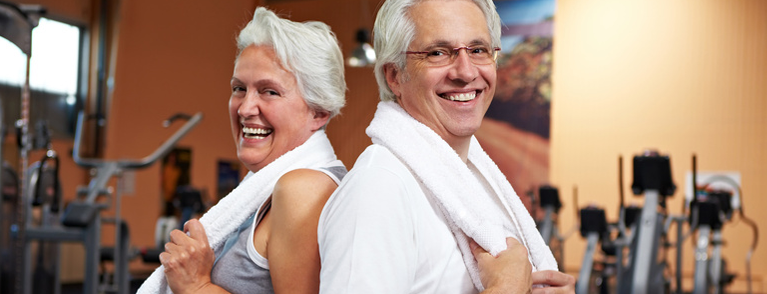The manifold positive effects of physical activity on health but also on pathological processes are the result of subtle adaptation processes in the various organs and organ systems. How does it work?
Let’s take the skin as an example. This complete organ reacts to UV stimuli in a known way: If the stimulus is too weak or too short, nothing visible happens; if it is too strong and/or too long, burns occur; and if it is matched in time and intensity, the tan – whether good or not – that is sought occurs. And to complete the similarity with athletic training, because that is what this article is about: If the stimulus does not act at repeated intervals, adaptation is lost.
Ability to adapt
The “sun” of the organs and organ systems hidden under the skin is called the condition factors or the main physical stresses in sports science terminology. Today’s methods of training stimulation include the following areas: endurance (aerobic and anaerobic), strength, agility, speed and coordination. As is often the case in nature, there are smooth transitions and inevitable overlaps between these separate elements. However, this differentiation is of great importance in both practical and theoretical terms. Once again, we point out that the targeted training of these factors is based on the recognition that organic systems respond in different ways to different types of stimulation. The adaptation response occurs in exact correspondence to the type of stimulation applied, so qualitatively the training stimuli are not interchangeable. Thus, for each element of motor function, there is only one specific, well-defined form of training that can be used to achieve the desired increase in performance.
These extremely interesting observations are based on the fact that the human organism possesses a characteristic that is crucial for the survival of the species: the aforementioned ability to adapt. In addition to the quantitative and qualitative factors that elicit these adaptation responses, it is also important to consider the specific conditions that the stress stimulus must meet. This is particularly important when one considers the different ways in which the various tissues that make up the human organism react.
Adjustment effects
Table 1 provides a non-exhaustive overview of the physical adaptation effects that have been observed to date in the wake of targeted training. It also shows that, in addition to visible and measurable adaptive responses, other functions that are important for athletic performance and health can be improved through targeted training. A generally trained organism copes more easily with stress and can adapt more effectively to increased physical demands, ensuring increased performance and better athletic results. With the same load, the organism recovers more quickly and the load-related fatigue symptoms are lower.

Set load incentives
Thus, to increase physical performance, precise load stimuli are required that induce the desired adaptation processes in the stressed systems. These stimuli are characterized by their intensity (strength of the stimulus), density (temporal relationship between stimulus exposure and recovery phase), duration, amplitude (duration and number of stimuli per training session), and training frequency (number of training sessions per day or per week). Not only the quantitative aspect is crucial for the training effect, but also the qualitative aspect of the training performance. The same attention should be paid to the recovery phases, as there is a temporary decrease in physical performance following exercise, which is caused, among other things, by a depletion of energy reserves. In the course of the recovery phase, however, there is a renewed increase in performance that exceeds the original performance level as a result of overcompensation (Fig. 1) . Optimal timing of the training stimuli achieves the goal of increasing performance.

Thus, physical activity practiced regularly and according to conscious principles leads to significant functional improvement of various organic systems. Conversely, it is now proven that the lack of such activity due to modern lifestyle can cause a whole range of unfavorable symptoms. The widespread lack of movement is a kind of time bomb that must be defused at all costs!
HAUSARZT PRAXIS 2014; 9(3): 8-9











